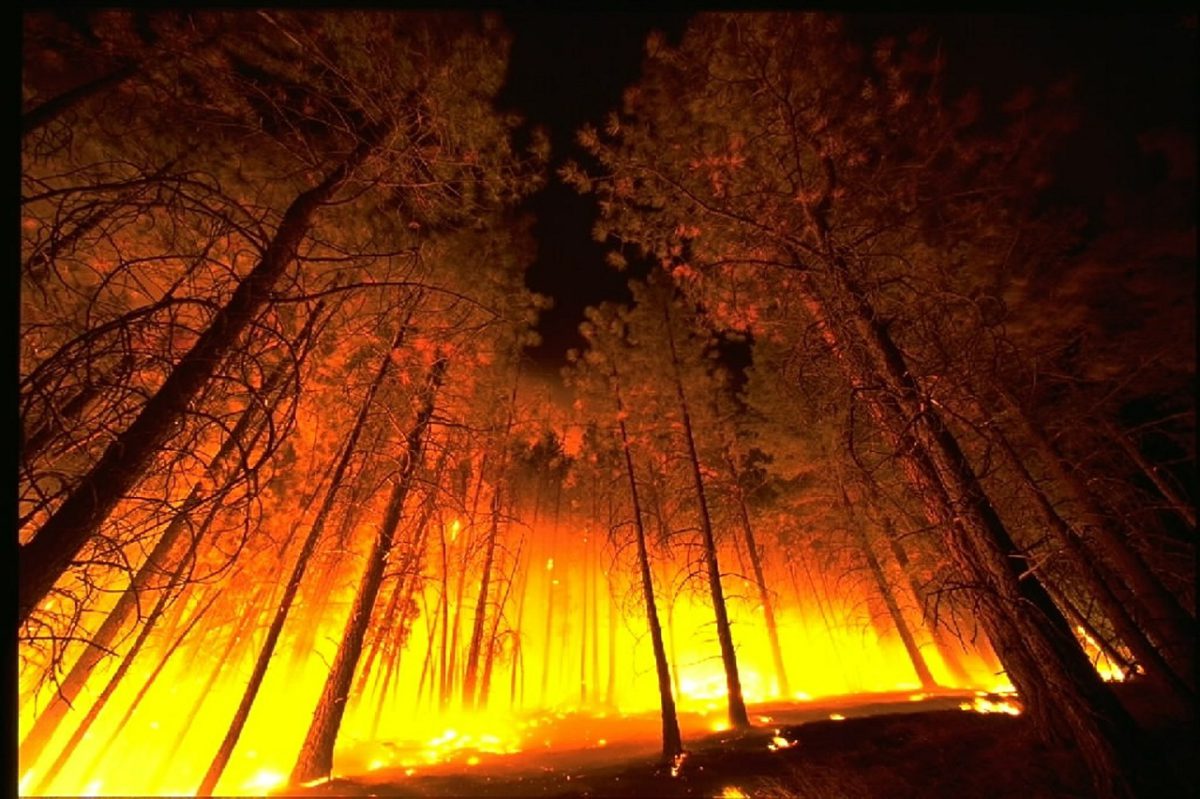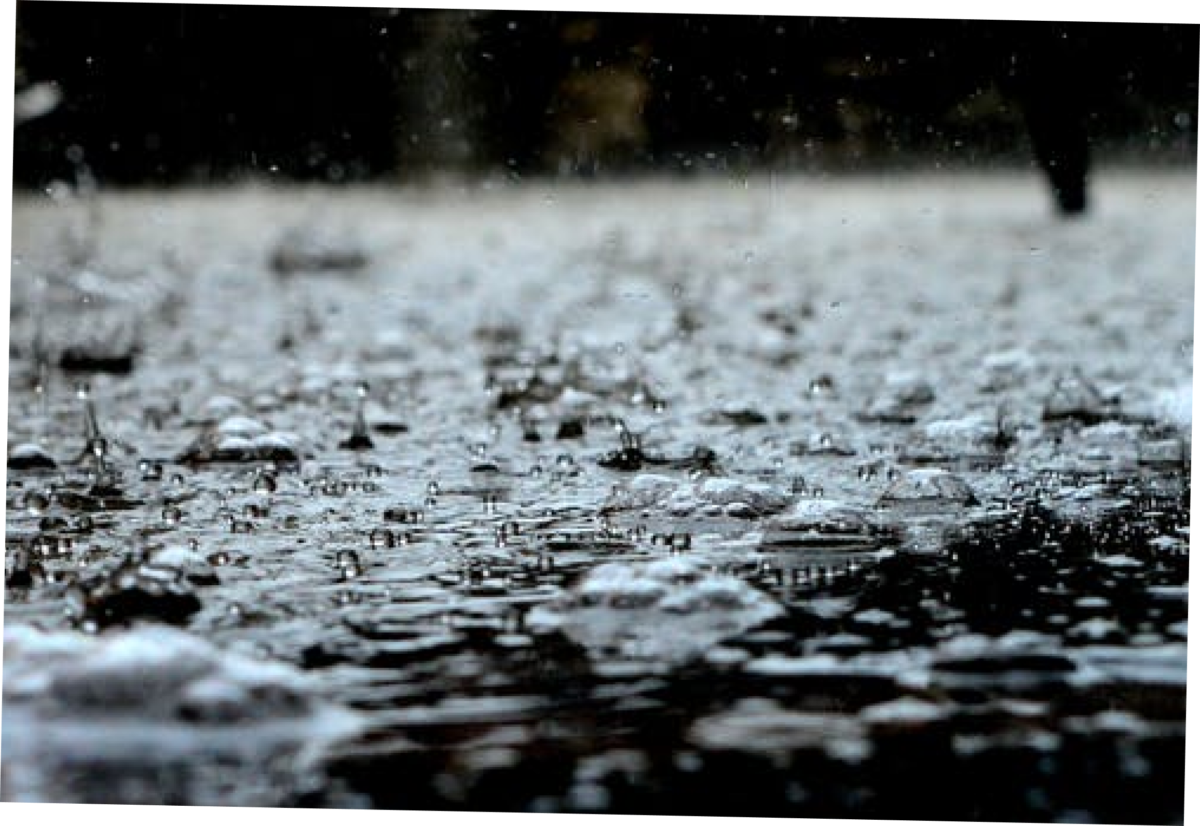IMPROVING SAFETY THROUGH SIMULATING WILDFIRE RESPONSE
Posted on January 29, 2018
by CatIQ Team

Posted on January 29, 2018
by CatIQ Team
Improving Safety Through Simulating Wildfire Response
Steven Gwynne, Ph.D., Research Officer, NRC Construction – Fire Safety, National Research Council Canada
Wildland fires represent an important safety issue in many regions of the world – including Canada. This is complicated by the current location and possible future expansion of wildland-urban interfaces (WUI) posing severe challenges from a community evacuation perspective. Large WUI fires, like the recent Fort McMurray fire, are associated with severe negative consequences including massive community evacuation, property losses, social disruption, short- and long-term damage to infrastructure, injuries, and in some instances fatalities of evacuees and responders. Tools to assist planning and response are essential to provide evidence to planners, evacuees and responders to better address these challenges.
As we go forward, it is expected that droughts will get more severe and prolonged, thunderstorms more frequent, wind patterns will change and harsh hot seasons will affect new regions. Current trends in community planning show that more people are inhabiting areas that are now or soon to be vulnerable to WUI incidents. Housing developments in WUI areas are particularly appealing given their low cost, access to recreational pursuits, and the aesthetic benefits of being closer to nature. Therefore, WUI incidents are likely to become more severe and affect new areas and those areas already susceptible to wildfires.
The social and physical geography associated with WUI communities present a special challenge that needs to be addressed when ensuring life safety. In order to successfully respond to a wildfire incident, those involved must have an understanding of current and future events enabling them to reach safety or facilitating others to do so. Decisions made during community planning, property upkeep, emergency planning, public education, responder training, and during the evacuation itself are all heavily reliant on the information available. To ensure that this preparation and response is adequate, the effectiveness of the pre-incident decisions and decisions taken during the incident needs to be understood to allow assessment of these decisions before they are finalised and executed; i.e. before they are put into practice in the real-world. This effectiveness is reliant on the accuracy and completeness of the information available.
Very often, the wisdom derived from previous wildfire disasters is the only available source to identify current scenarios of interest and plan the response of a given community. However, there is no guarantee that these past experiences correlate well with the next disaster to be faced or with the conditions that might contribute to the outcome of the incident in the current context – especially given the expected evolution of WUI incidents. In this context, a simulation framework that can establish evacuation performance ahead of time, and that is capable of examining different designs and response scenarios would be very useful. Such a computational framework might be used to predict how the evacuation develops based on different fire scenarios (different origin, speed, development, etc.) and according to different evacuation decisions (e.g., staggered evacuation by neighbourhoods, the arrangement of traffic flow on highways, or the appearance of congestion). Moreover, current resources do not allow for the impact of procedural decisions to be assessed (and quantified) before they are executed; i.e. how conditions might evolve and might affect and be affected by an evacuating community. This is an important limitation in current approaches – that cater to understanding the current situation but cannot provide numerical evidence to support procedural decisions given forecasted changes in conditions. To do this, simulation tools are needed to explore the development of a wildfire, and the impact that it has on the response (e.g. evacuation using vehicles or on foot) – to identify current and future vulnerabilities and inform ways of addressing it. This might then provide an additional tool for planners and responders in their attempts to address WUI life-safety issues as we go forward.
